9 Platforms To Manage The AI-ML Pipeline In 2025
iscover the top ML pipeline platforms of 2025, offering tools for data preparation, model training, and deployment. These platforms streamline the entire ML lifecycle, enabling efficient workflows for individuals and organizations alike.
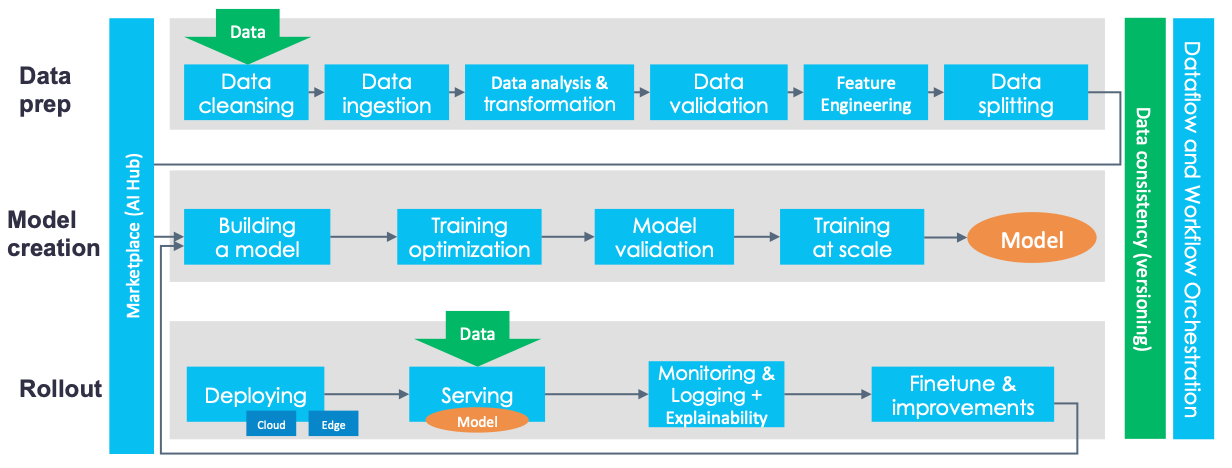
With the rapid advancements in machine learning, the importance of managing the entire lifecycle of machine learning models have become critical.
From data preparation to model training, testing, and deployment, the machine learning pipeline platform automates these processes and helps organizations to leverage the power of machine learning to make data-driven decisions.
In this blog, we will take a closer look at some of the top machine learning platforms that manage ML pipelines that are expected to lead the market in 2025. We will explore their features, benefits, and limitations, and analyze how they can be used to streamline the machine learning lifecycle.
Whether you are an individual data scientist or part of a larger organization, this blog will help you understand the key trends in the machine learning pipeline platform space and make an informed decision when choosing the right platform for your needs. So, let's get started!
Top 9 Machine Learning Pipeline Platforms to Manage the Machine Learning Lifecycle
Here is a list of the top 10 machine learning pipeline platforms to manage the machine learning lifecycle in 2025 along with their features, benefits, and limitations:
1. Amazon SageMaker
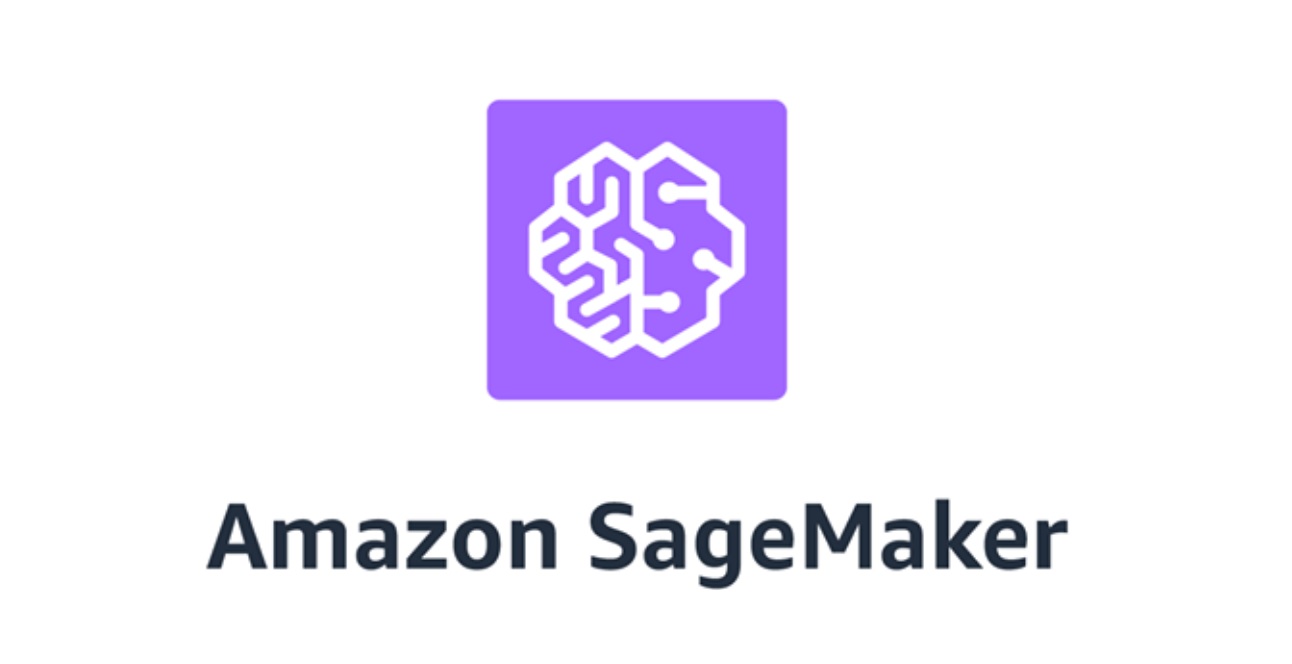
Amazon SageMaker is among the fully managed top machine learning platforms that enable developers to build, train, and deploy machine learning models at scale. It supports a wide range of popular machine learning algorithms, including deep learning, and provides pre-built models that can be used to accelerate the training process. The platform also offers built-in tools for data preparation, hyperparameter tuning, and model optimization, making it an end-to-end solution for machine learning.
Benefits:
- Scalability: Amazon SageMaker can handle large datasets and can scale up or down based on your needs.
- Integration: It integrates with other AWS services, making it easy to deploy models on AWS infrastructure.
- Cost-effective: Pay-as-you-go model, allowing you to pay only for what you use.
Limitations:
- The platform may be too complex for beginners or those without experience with AWS services.
- Limited support for non-AWS data sources.
2. Google Cloud AutoML

Google Cloud AutoML is a suite of machine learning tools that automates the creation of custom models. The platform provides a drag-and-drop interface for data preparation, and it automatically selects the best model architecture for your data. Google Cloud AutoML supports a wide range of tasks, including image and text classification, object detection, and translation.
Benefits:
- Ease of use: The drag-and-drop interface makes it easy for non-experts to create custom models.
- Customization: You can use your own training data to create a custom model.
- Integration: It integrates with other Google Cloud services.
Limitations:
- Limited flexibility: AutoML provides a fixed set of pre-built models and does not allow for custom model architectures.
- Cost: It can be expensive compared to other platforms.
3. Microsoft Azure Machine Learning

Microsoft Azure Machine Learning is a cloud-based platform that allows users to build, train, and deploy machine learning models. The platform supports a variety of programming languages, including Python and R, and provides a wide range of machine learning algorithms. Azure Machine Learning also includes tools for data preparation, feature engineering, and hyperparameter tuning.
Benefits:
- Integration: It integrates with other Azure services, making it easy to deploy models on Azure infrastructure.
- Collaboration: The platform allows for collaboration among team members.
- Flexibility: The platform supports a wide range of programming languages and machine learning frameworks.
Limitations:
- Steep learning curve: The platform can be complex for beginners.
- Cost: It can be expensive compared to other platforms.
4. Databricks

Databricks is a cloud-based platform that provides a unified analytics platform for data engineering, machine learning, and analytics. It offers a range of tools for building and deploying machine learning models, including support for popular machine learning libraries such as TensorFlow and PyTorch. Databricks also includes tools for data preparation, feature engineering, and hyperparameter tuning.
Benefits:
- Scalability: Databricks can handle large datasets and can scale up or down based on your needs.
- Collaboration: The platform allows for collaboration among team members.
- Integration: It integrates with a wide range of data sources and other services.
Limitations:
- Cost: It can be expensive compared to other platforms.
5. H2O.ai

H2O.ai is an open-source machine learning platform that provides a range of tools for building and deploying machine learning models. It supports a wide range of popular machine learning algorithms, including deep learning, and includes tools for data preparation, feature engineering, and hyperparameter tuning.
Benefits:
- Flexibility: H2O.ai allows users to customize and fine-tune machine learning models to fit their specific needs.
- Transparency: The platform provides transparency into the machine learning models, allowing users to understand how they work.
- Ease of use: The platform provides a user-friendly interface and easy-to-use tools for building and deploying models.
Limitations:
- Limited support: H2O.ai may not support as many features as other platforms.
- Limited documentation: The documentation may not be as comprehensive as other platforms.
6. IBM Watson Studio
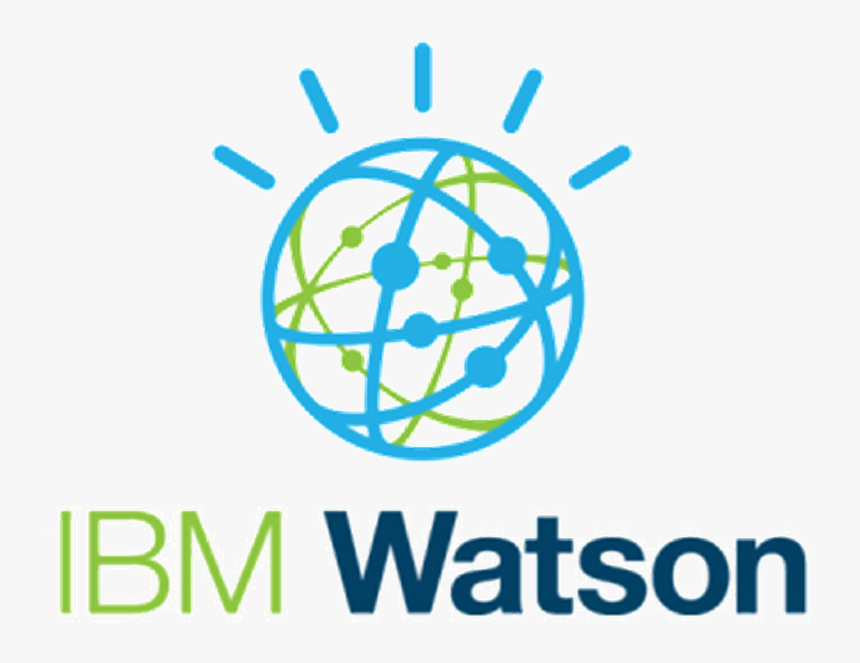
IBM Watson Studio is a cloud-based platform that provides a range of tools for building and deploying machine learning models. It supports a wide range of machine learning algorithms and includes tools for data preparation, feature engineering, and hyperparameter tuning. IBM Watson Studio also includes a range of pre-built models that can be used to accelerate the training process.
Benefits:
- Flexibility: IBM Watson Studio supports a wide range of programming languages and machine learning frameworks.
- Integration: It integrates with other IBM services, making it easy to deploy models on IBM infrastructure.
- Collaboration: The platform allows for collaboration among team members.
Limitations:
- Cost: It can be expensive compared to other platforms.
- Complexity: The platform may be too complex for beginners or those without experience with IBM services.
7. DataRobot

DataRobot is a cloud-based platform that automates the creation and deployment of machine learning models. The platform provides a range of pre-built models that can be used to accelerate the training process, and it includes tools for data preparation, feature engineering, and hyperparameter tuning. DataRobot also provides transparency into the machine learning models, allowing users to understand how they work.
Benefits:
- Automation: DataRobot automates many of the tasks involved in building and deploying machine learning models, saving time and effort.
- Transparency: The platform provides transparency into the machine learning models, allowing users to understand how they work.
- Scalability: DataRobot can handle large datasets and can scale up or down based on your needs.
Limitations:
- Limited flexibility: DataRobot provides a fixed set of pre-built models and does not allow for custom model architectures.
- Cost: It can be expensive compared to other platforms.
8. RapidMiner
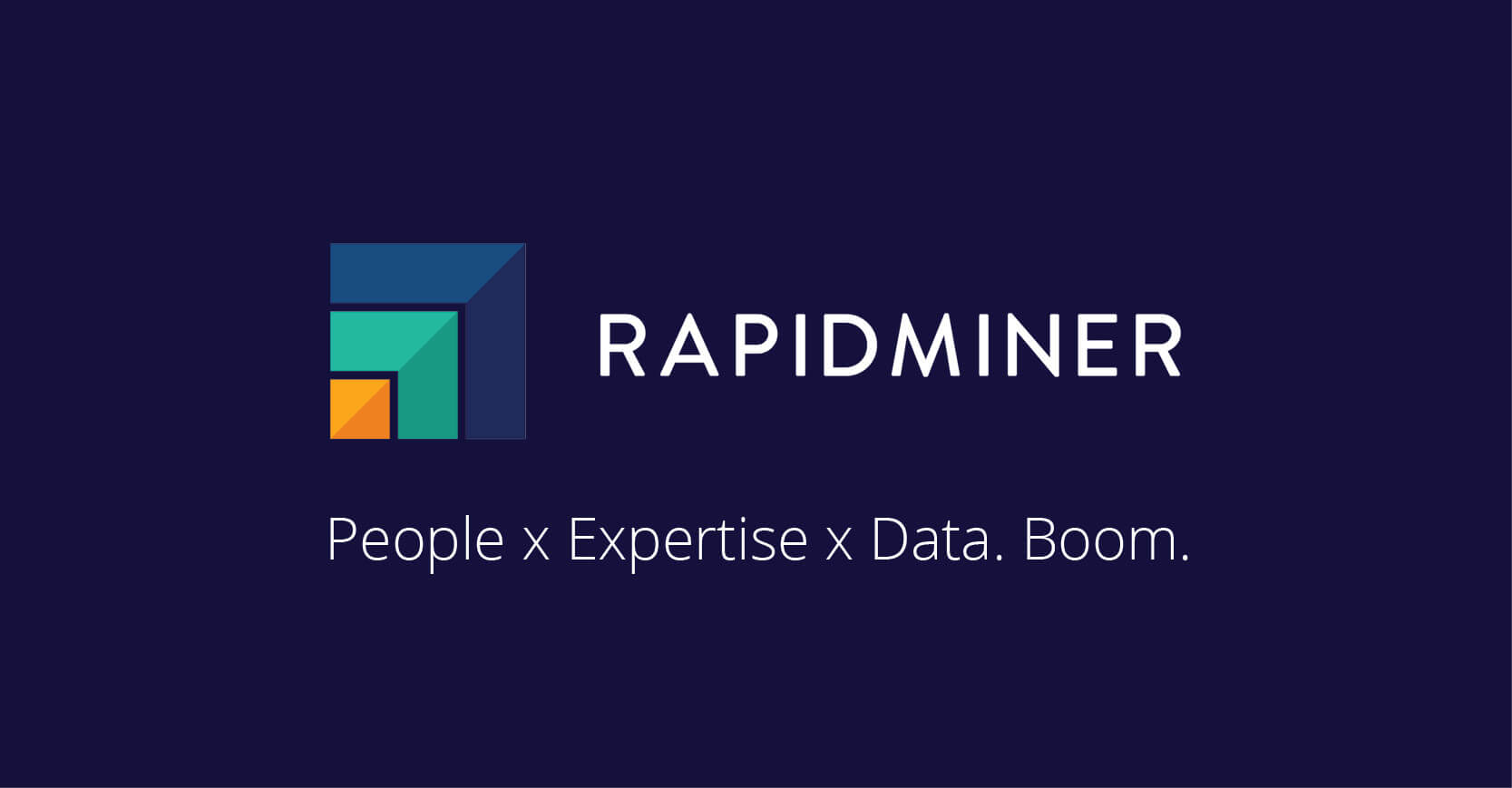
RapidMiner is a platform that provides a range of tools for building and deploying machine learning models. It supports a wide range of machine learning algorithms and includes tools for data preparation, feature engineering, and hyperparameter tuning. RapidMiner also includes a range of pre-built models that can be used to accelerate the training process.
Benefits:
- Ease of use: RapidMiner provides a user-friendly interface and easy-to-use tools for building and deploying models.
- Customization: RapidMiner allows users to customize and fine-tune machine learning models to fit their specific needs.
- Scalability: RapidMiner can handle large datasets and can scale up or down based on your needs.
Limitations:
- Cost: It can be expensive compared to other platforms.
- Limited support: RapidMiner may not support as many features as other platforms.
9. MLflow
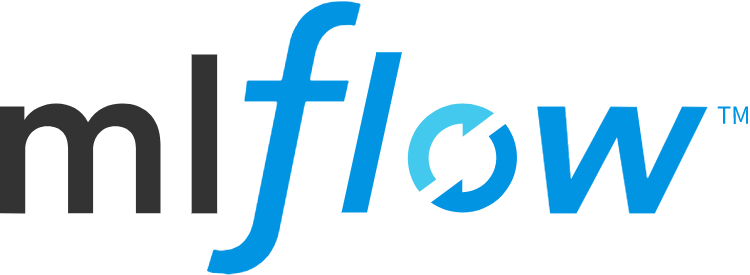
MLflow is an open-source platform for managing the machine learning lifecycle. It provides tools for tracking experiments, packaging code into reproducible runs, and sharing and deploying models. MLflow supports a wide range of machine learning frameworks and languages, including TensorFlow, PyTorch, and Scikit-Learn.
Benefits:
- Open-source: MLflow is free and open-source, making it accessible to everyone.
- Flexibility: MLflow supports a wide range of machine learning frameworks and languages.
- Transparency: MLflow provides transparency into the machine learning models, allowing users to understand how they work
Limitations:
- Limited features: MLflow may not support as many features as other platforms.
- Limited support: As an open-source platform, MLflow may not have the same level of support as commercial platforms.
Labellerr integrates with top platforms like Amazon SageMaker and Google Cloud AutoML. Try Labellerr for free today!
Conclusion:
In conclusion, the above-mentioned platforms are the top 10 machine learning pipeline platforms that can be used to manage the machine learning lifecycle in 2025. Each platform has its own set of advantages and limitations, and the choice of platform depends on the specific needs of the user.
However, all of the top machine learning platforms provide tools for building and deploying machine learning models, and they can help to streamline the machine learning lifecycle, from data preparation to model deployment. With the rapid growth of machine learning, these platforms will continue to evolve and improve in the coming years, and new platforms may emerge to meet the growing demand for machine learning solutions.
FAQs
- What are ML pipeline platforms?
ML pipeline platforms are software solutions or frameworks that aid in the management of the whole development and deployment process for machine learning models. They offer a centralized platform for data preparation, model training, model assessment, model deployment, and model monitoring.
2. Why should I use ML pipeline platforms?
ML pipeline systems simplify the machine learning lifecycle by offering a unified and automated framework for organizing and tracking model development phases. They increase productivity, enable team communication, and assure the repeatability and scalability of ML procedures.
3. What features should I look for in an ML pipeline platform?
Consider data preprocessing capabilities, model training, and tuning options, support for various ML frameworks, version control and reproducibility, model deployment and serving options, scalability, and integration with existing infrastructure and tools when evaluating ML pipeline platforms.
4. Are these ML pipeline platforms suitable for all types of businesses?
ML pipeline platforms can benefit organizations of all sizes, from startups to major corporations. The acceptability of a given platform, on the other hand, is determined by criteria such as the organization's specific needs, available resources, and technical knowledge. Before deciding on a platform, it's critical to examine your needs and consider elements such as cost, scalability, simplicity of use, and customization choices.
5. Can ML pipeline platforms integrate with existing infrastructure and tools?
Yes, many machine learning pipeline systems are built to work with current infrastructure and tools. They provide APIs, SDKs, or connectors that enable smooth integration with data storage systems, cloud platforms, visualization tools, and other critical components of a company's IT stack. To verify compatibility with your existing infrastructure, examine the documentation or contact the platform's support team.

Simplify Your Data Annotation Workflow With Proven Strategies
.png)


